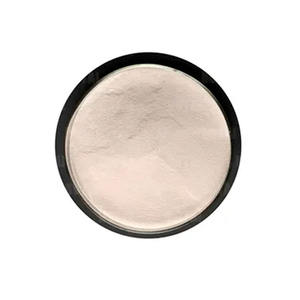
Premixed Cement Plastering Mortar For Concrete Walls And Block Walls

Lowest silica aerogel 3mm fabric silica fabric 1100 temperature

Factory Production 1mm/2mm/3mm4.5mm Thin Auto Aerogel Insulation Materials Black Aerogel Insulation Ducting Insulated Material

BRD 502 BRD PCE Liquid 50% raw materials water reducer Agent Concrete Admixture Superplasticizer Polycarboxylate

Silica aerogel insulation pad for for medium to high temperature offshore oil pipelines

Thickened Peel And Stick Cement Wallpaper Concrete Waterproof PVC Vinyl Self Adhesive Wallpaper For Living room
Foam concrete is a type of lightweight concrete manufactured using cement, sand or fly ash and foam. It is produced by adding a specialised foaming agent to a mix that contains water, Portland cement and fine sand.
It is used as an engineered non-structural fill, in precast panels, as thermal and acoustic insulation and as a refractory material. It is a light-weight, high-performance construction material that can be easily transported and used in many environments.
The optimum water-to-cement (w/c) ratio in foam concrete is dependent on the foaming agent and the density of the foam. The plasticizer that is added to the mixture is also important to improve the strength.
It is a good idea to start with a concrete mix that has been formulated to suit your needs. The water-to-cement (w/c) and sand-to-cement (s/c) ratios are very important to determine the strength of your concrete.
The most common form of foaming agents are hydrolyzed proteins and synthetic surfactants. Synthetic surfactants can be less expensive and easier to handle than protein-based foam agents.
Another form of foaming agents is a combination of a surfactant and hydrogen peroxide. This method produces a geopolymer foam with more connected pores than a surfactant alone.
Ask a quote for the latest price and one of our team members will respond as soon as possible. Fields marked with * are required.




